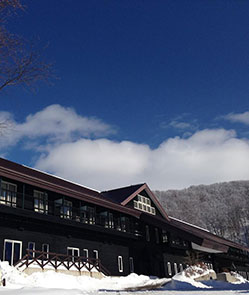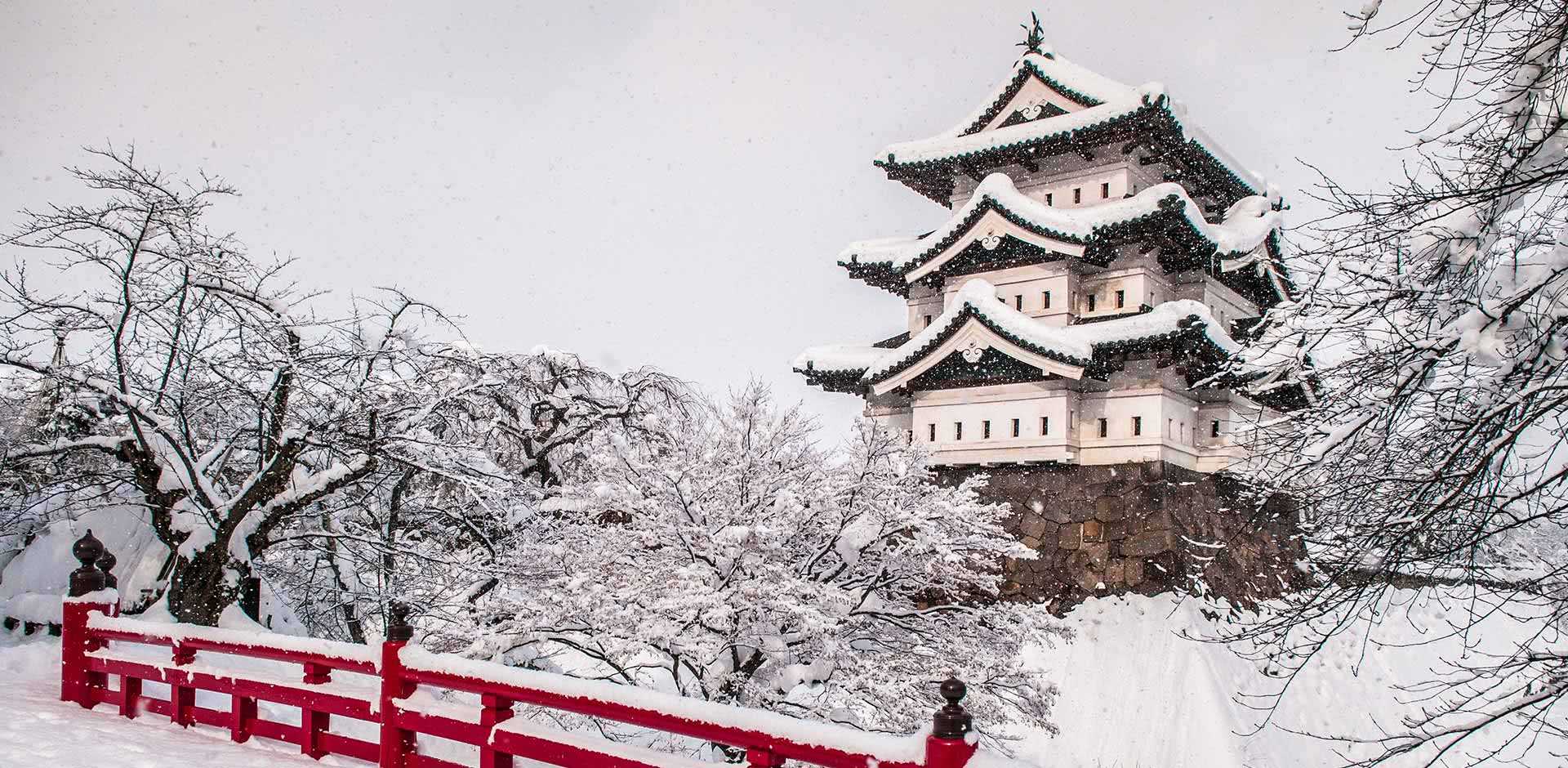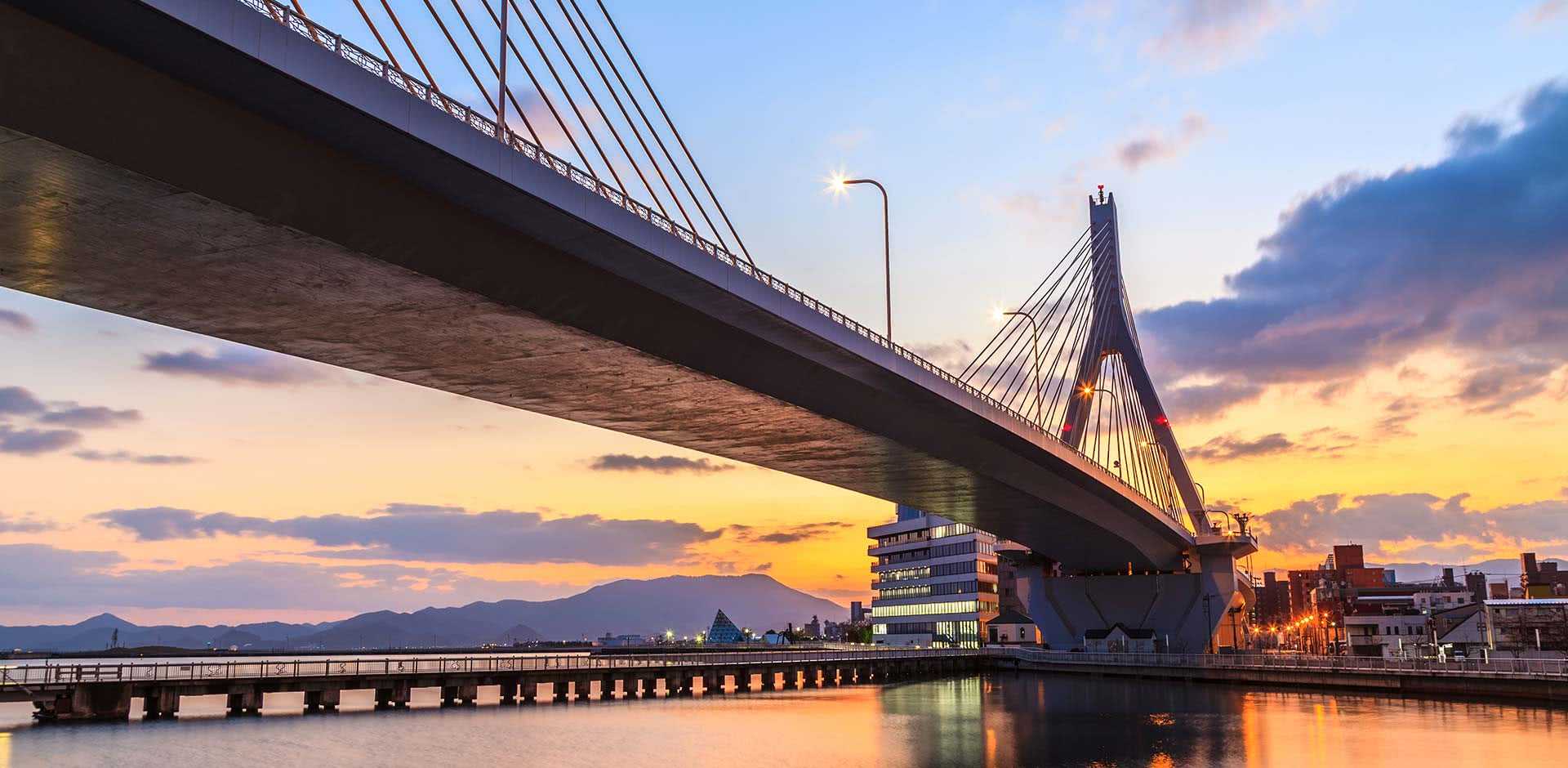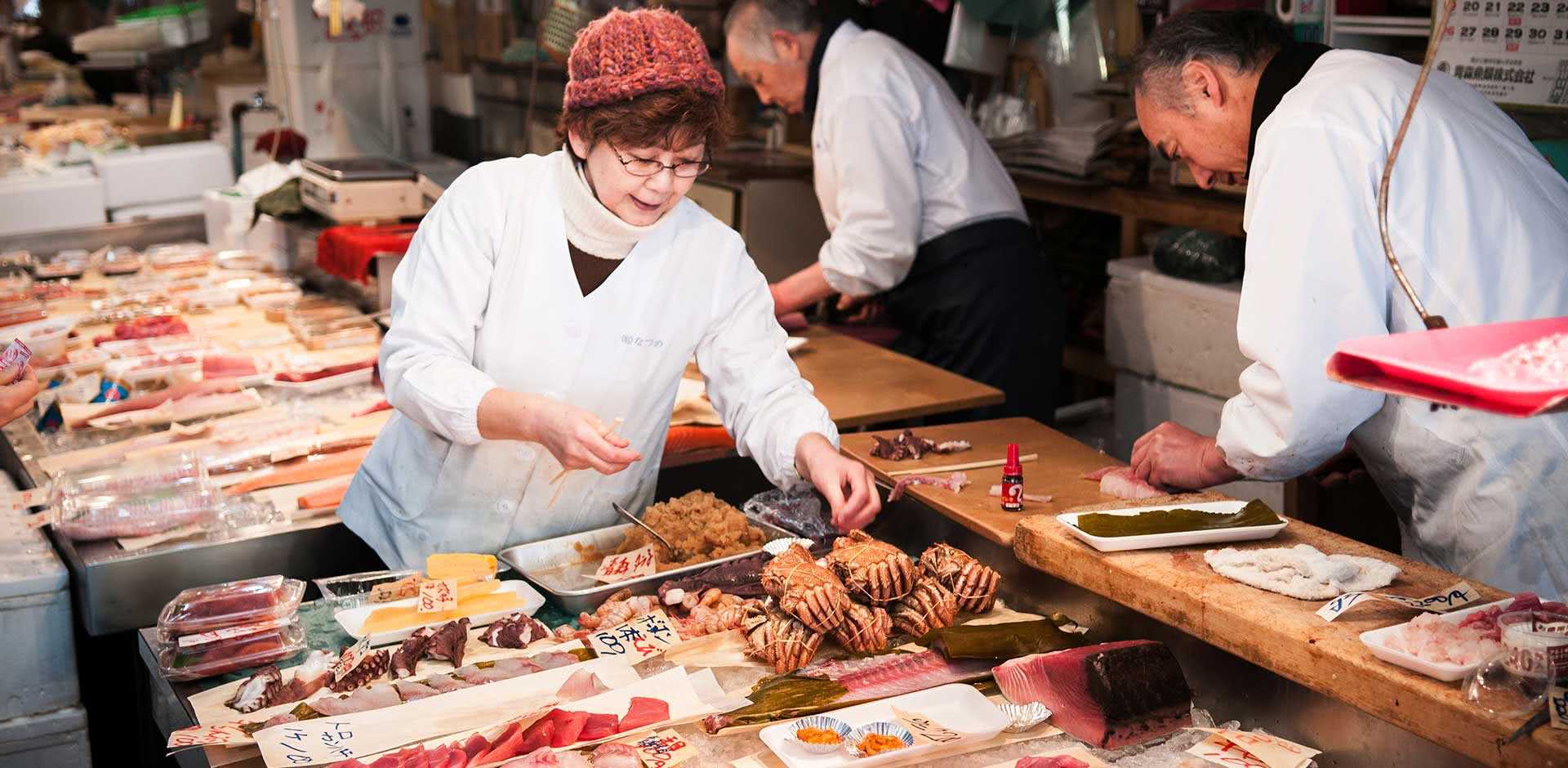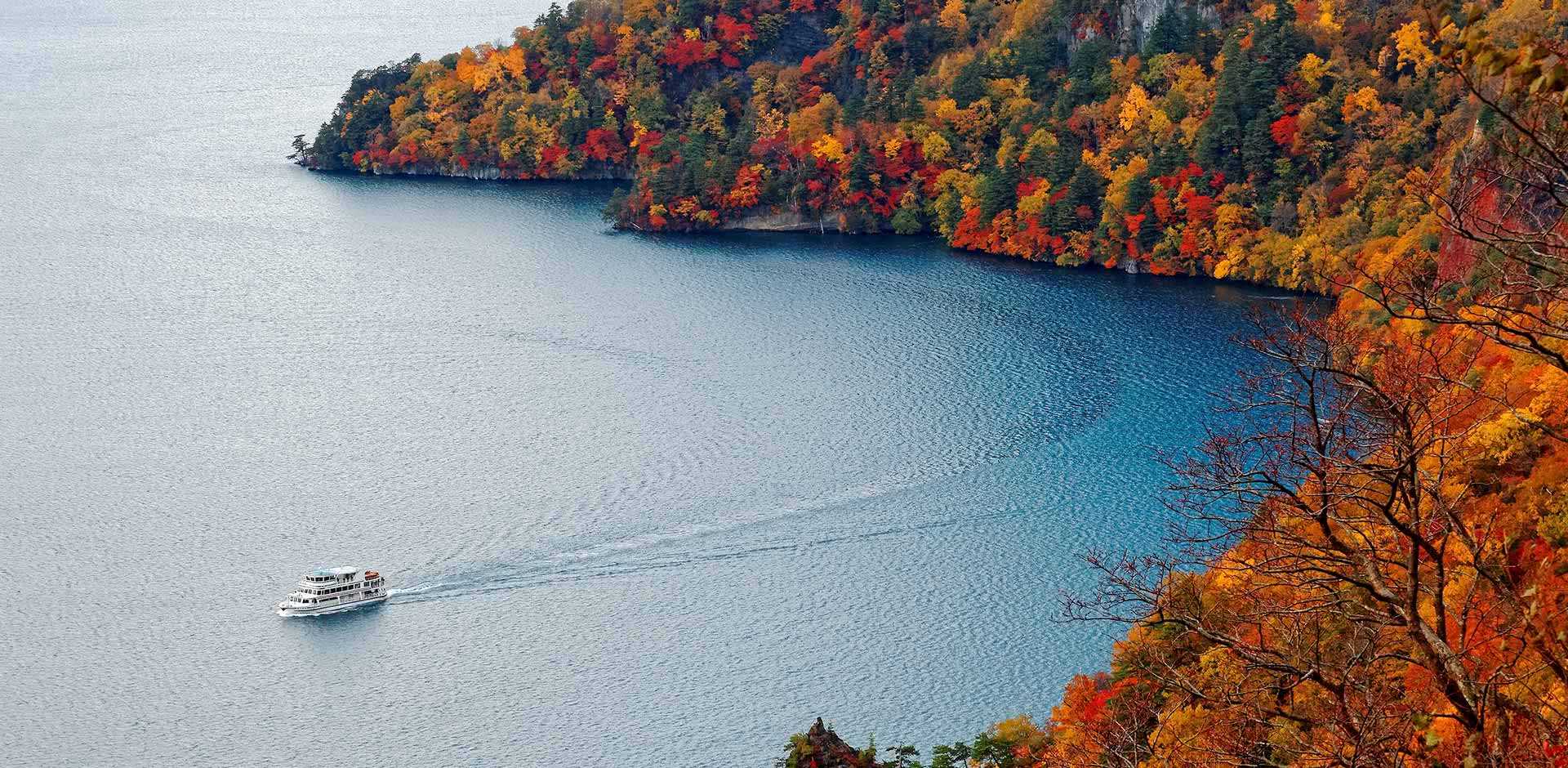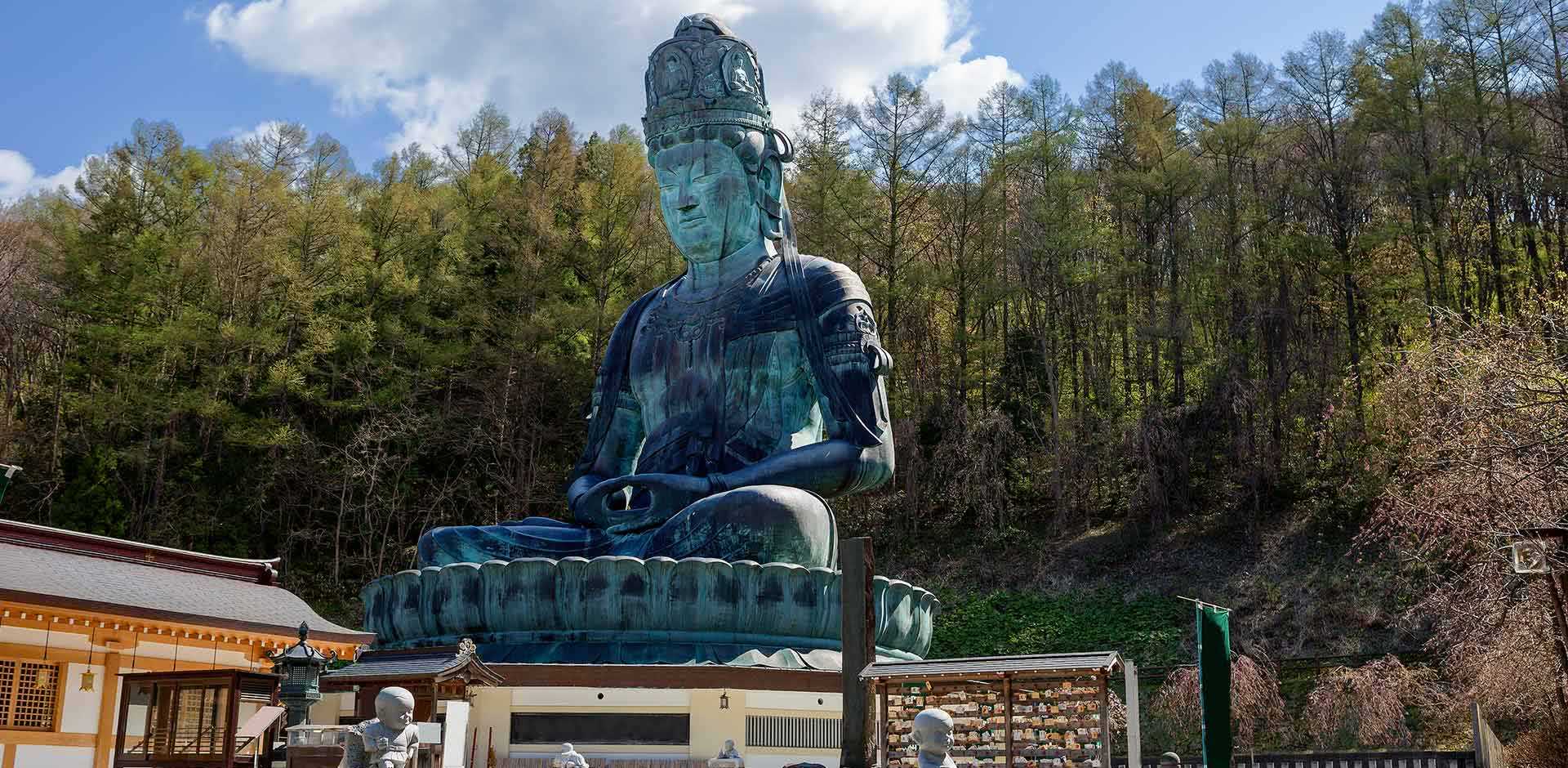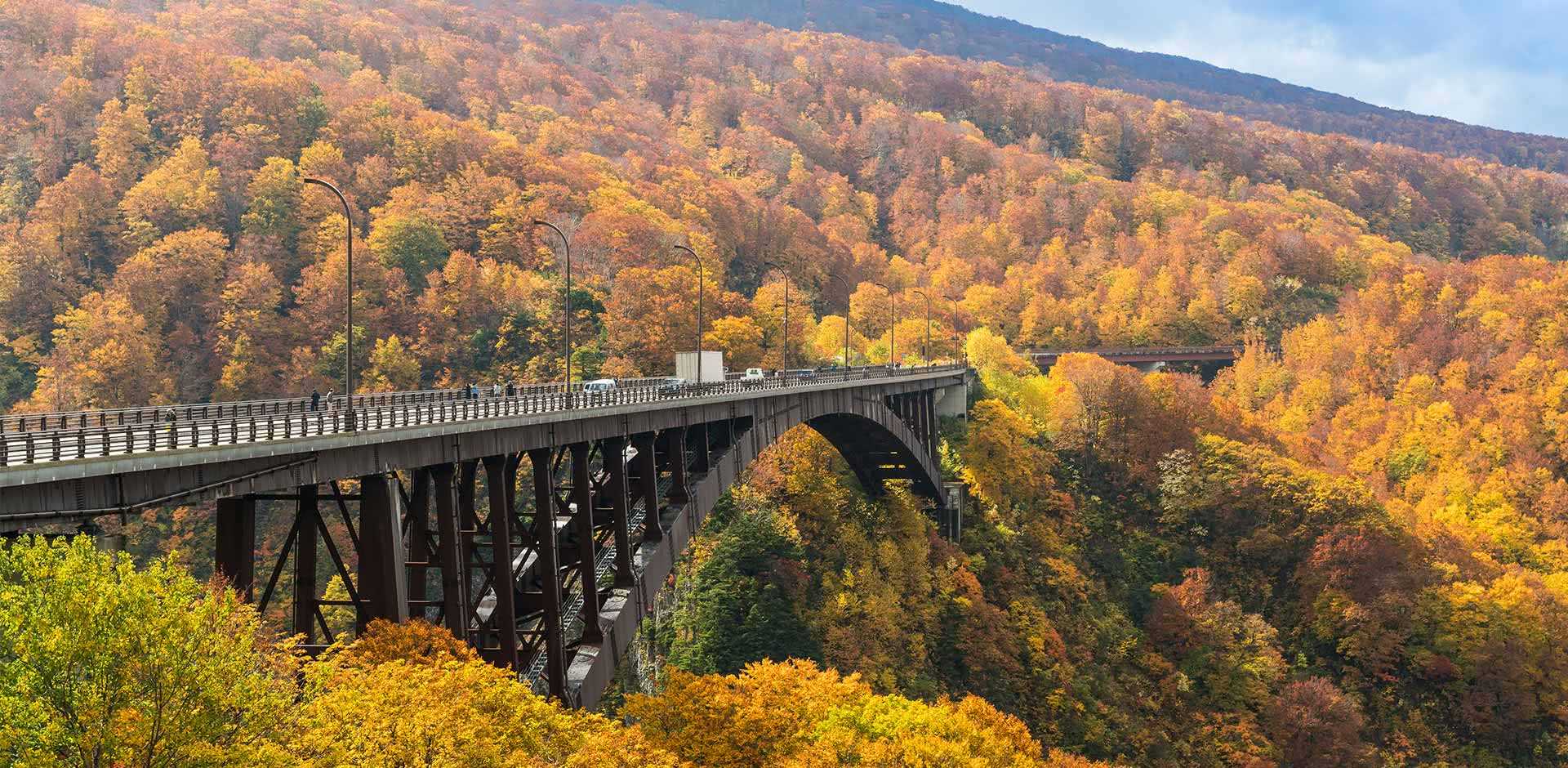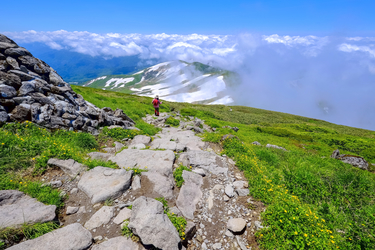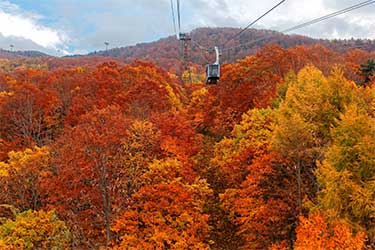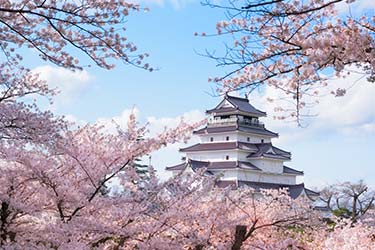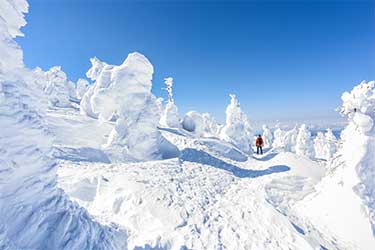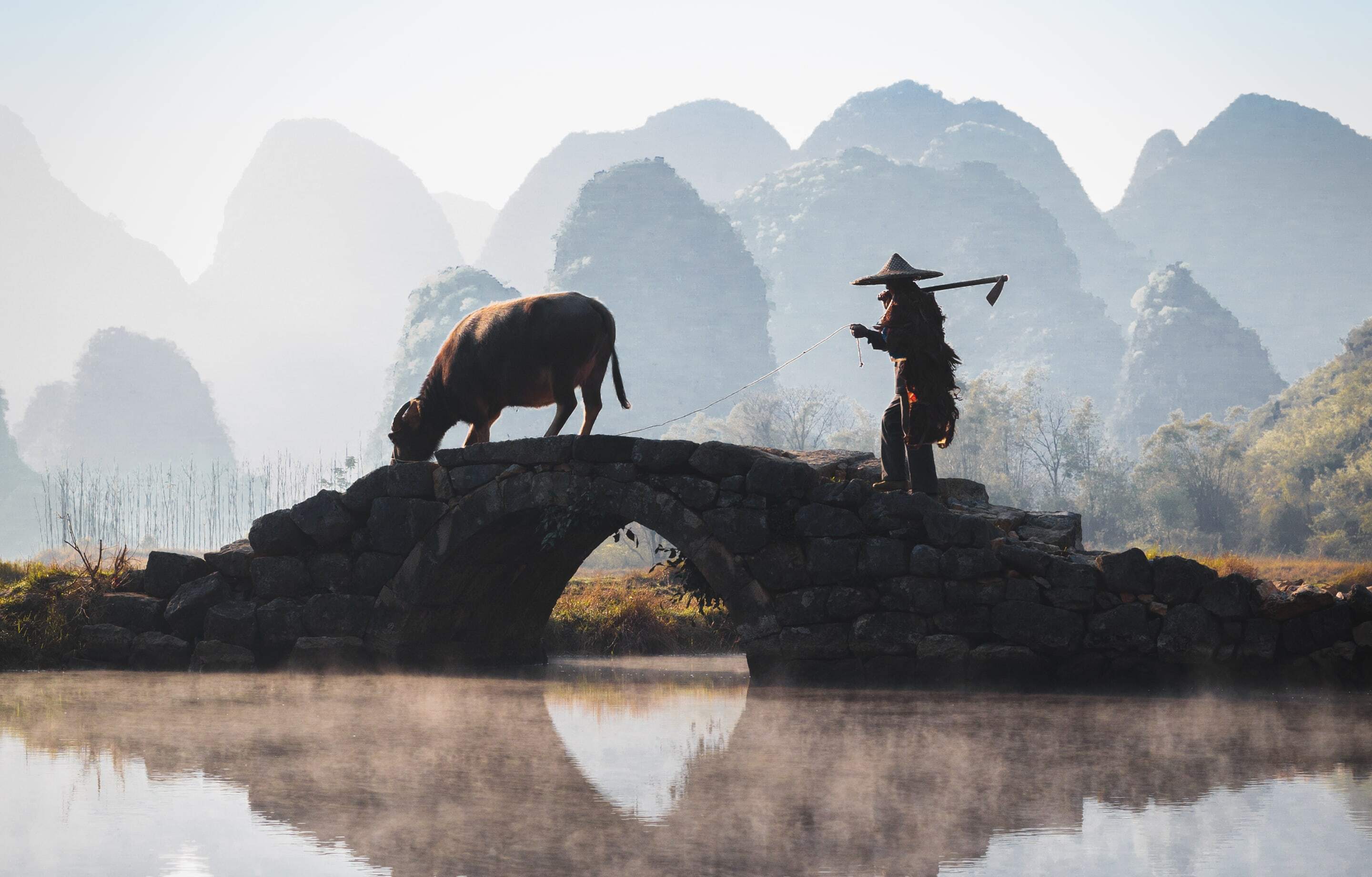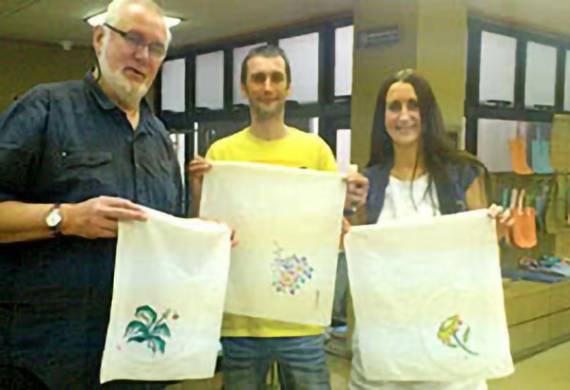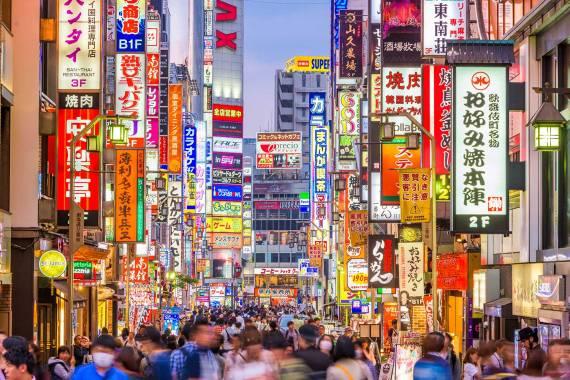Experiences
A handpicked selection of experiences endorsed by our experts. If you can’t see what you’re looking for, let us know, as our extensive network of local contacts can open many doors.
Hirosaki Castle
Hirosaki Castle is a true gem. Originally constructed in 1611 by the Tsugaru Clan, many of its original structures still remain today. Some of the surviving ones that tourists can visit include a three-story castle tower, fortified moats, castle gates, and some corner turrets, which are often referred to as yagura. The castle's keep was originally five stories tall, but it burned down in 1627 after being struck by lightning. A three-story keep was eventually rebuilt in 1810. It was shorter than the original because of financial constraints and concerns that the shogunate would level it if it were too big. Today, the surviving structures are contained within Hirosaki Park, which is also one of the best spots in Japan to witness cherry blossoms. There are more than 2,500 cherry blossom trees here, and there is a festival held annually from April 23 to May 5 when they are in full bloom. The park is beautiful throughout the year, however, and there is no shortage of picturesque picnic spots among its 60 hectares. Rowboats are also available for rental and provide a perfect way to experience this romantic setting. There is also a botanical garden and the Gokoku Shrine in the park's southeast corner.
Apple Park and Cider Factory
Aomori apples constitute more than 50 percent of the apples consumed in Japan and roughly 90 percent of the apples exported from Japan. Accordingly, many apple-based products have flooded the local market, from apple pies to apple baths. The local Hirosaki Apple Park is perhaps the epicenter of this apple-centric fervor and is home to over 1,300 apple trees of 65 different types. The park’s onsite Ringo no Ie (Apple House) is a novelty store of sorts that contains more than 1,250 apple-related products. There is also an old farmhouse, a picnic area, and a play area for kids. During apple picking season, roughly August to mid-November, tourists at the park can learn about the apple harvesting process and will even have the opportunity to pick apples themselves. There is also a Cider Factory within the park that brews Cider — the apple community’s carbonated, alcoholic response to beer.
Hakkoda Mountains
The Hakkoda Mountains lie to the south of Aomori City, the capital of Aomori Prefecture. The highest peak in the range is Mount Odake, and the area is great for hiking in the summer and even better for skiing in the winter due to heavy snowfall each winter. The surrounding resorts are suitable for skiers of varied skill levels, with intermediate and advanced slopes available. It is also a haven for snowboarders chasing fresh powder, as the yearly snow base exceeds an impressive 13 meters, and a number of runs are always left ungroomed. The Hakkoda Ropeway provides easy access to the top of the mountains and a solution for tourists who want to view the scenery firsthand without having to directly brave the elements. There is great hiking in the summer as well. A circular trail leads from the upper ropeway station to a small marshland near the lake and takes a little under an hour, round-trip. Additional hiking routes branch off from this trail and lead to other nearby peaks, and these areas are particularly striking in the fall when the leaves change color. The autumnal colors usually appear at the summit around late September and slowly work their way up to the peaks of the mountains by mid-October.
Inakadate Rice Paddy Art
Looking for a way to revitalize their village, in 1993 the villagers of Inakadate came together to develop an entirely new form of artwork: Tanbo Art, which translates to “rice paddy art.” This is an intricate form of artwork that involves the strategic planting of different strains of rice bearing different colors to create images within paddy fields. The whole process is a major production that involves graphic designers, agreements between farmers of different paddies to create larger "canvases," and carefully coordinated planting efforts by hundreds of people. On football field-sized plots of land, the villagers create crisp images of monks fighting samurai, Napoleon galloping on a stallion, and a replicate Mona Lisa with as elusive of a smile as ever, albeit this time rendered with masterfully cast seeds instead of brushstrokes. These incredible scenes draw thousands of tourists every year, and there are specialized viewing decks constructed to get a full view of the paddies in all their glory.
Sannai Maruyama Archaeological Site
Located on a terrace some 65 feet above the nearby Okidate River, Sannai Maruyama Archaeological Site is the largest, most complete, and best-preserved Jomon Period village in Japan. It features the remains of prehistoric pit dwellings, pillar-supported buildings, storage pits, and roads. The remnants of several large buildings and over 500 pit dwellings are systematically arranged and date back to the Early to Middle Jomon Period (approximately 3,900 – 2,200 BCE). A great deal of surviving cultural products have been excavated as well, including around 2,000 clay figures, baskets, lacquerware, and even signs of jade. Visitors can enter some of these rebuilt structures and even look at some of the original and ongoing excavation sites. Connected to the archeological site is the Sanmaru Museum, which exhibits approximately 500 items of cultural significance excavated from the site.
Aomori Museum of Art
Opened in 2006, the four-story Aomori Museum of Art's architecture is largely inspired by the nearby Sannai Maruyama Historical Site, a remnant of the Jomon Era (10,000 BCE – 400 BCE). A product of renowned architect Jun Aoki, the museum’s grounds feature geometric incisions into the earth in a manner that mirrors the excavation area. Walls are either earthen-colored or painted white, and an interplay between concave and convex spaces creates a striking minimalist aesthetic perfect for appreciating art. A central goal of the museum has always been to share Aomori art and culture, and accordingly three of the museum’s large exhibition rooms have been dedicated to displaying works by local citizens. The most notable pieces displayed in the museum are a collection of works that range from drawings to three-dimensional sculptures by Yoshitomo Nara, an internationally celebrated artist who is also a native of Aomori Prefecture. Mr. Nara’s “The Aomori Dog,” in particular, has become an iconic symbol.
